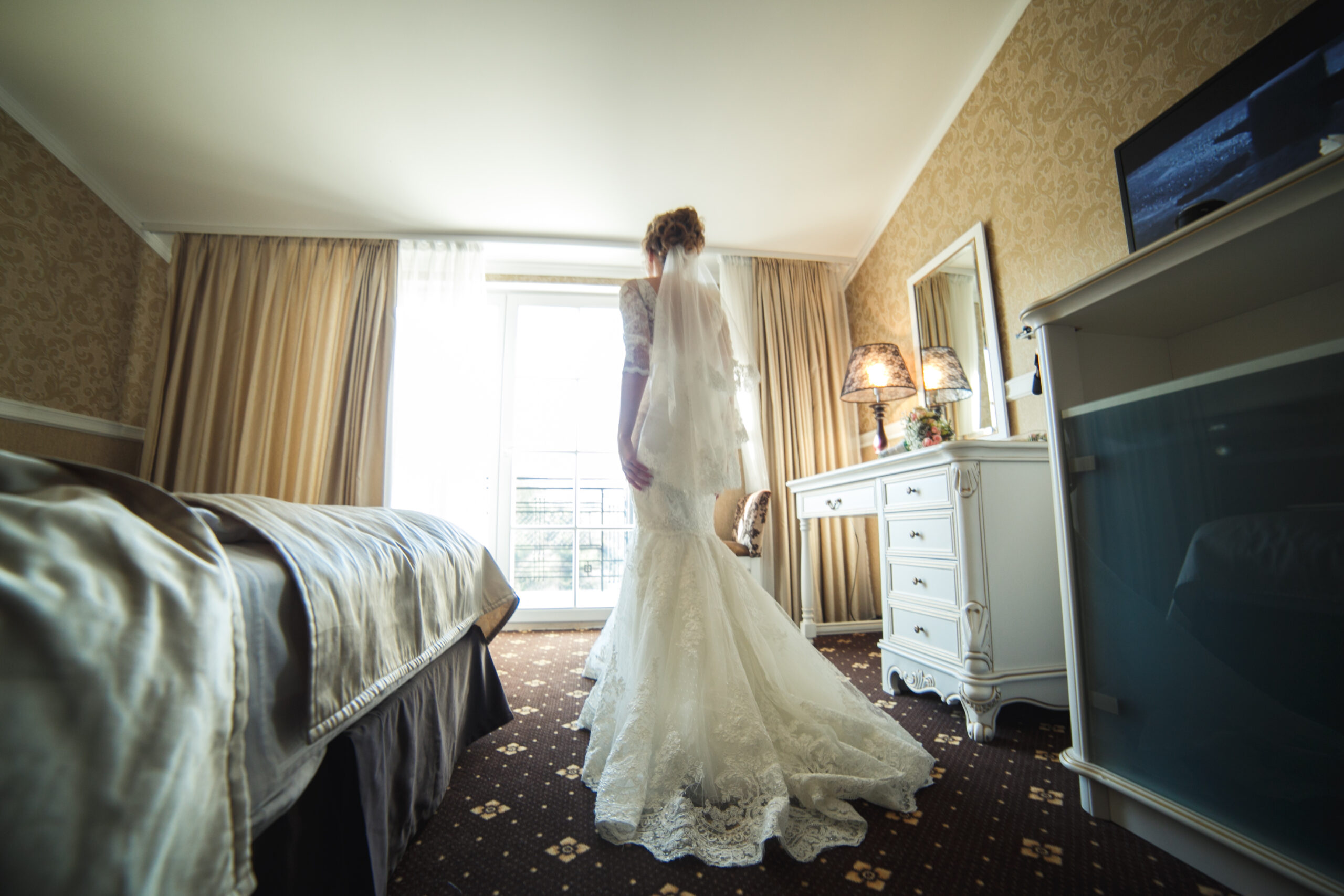Marriage has always been a cornerstone of human society, symbolizing the union not just of two individuals but often of families, communities, and even entire nations. One fascinating aspect of matrimonial traditions that’s popped up in many cultures and historical periods is the ceremonial beddings ritual. From ancient rites invoking fertility to modern traditions that carry whispers of these customs, ceremonial beddings offer a unique glimpse into how cultures celebrate love, family, and societal bonds.
This article takes you on a cozy journey through time, exploring ceremonial beddings across various cultures and eras—and what these rituals tell us about the deeper meaning of marriage.
1. Ancient Mesopotamia: Fertility and Divine Blessings
In ancient Mesopotamia, marriage was considered a sacred pact needing divine favor for prosperity and fertility. Ceremonial beddings were central to elaborate wedding festivities, where the couple’s union was blessed by deities like Inanna, goddess of love. The bridal bed would be decorated with fertility symbols like plants and grains, believed to invite the gods’ blessings for a thriving marriage.
Ceremonial Beddings: These ceremonies spotlight how deeply fertility mattered in Mesopotamian culture, tying marriage closely to family continuity and societal strength. The divine blessings reflect a worldview where love and cosmic order were beautifully intertwined.
2. Ancient Greece: Public Ceremonies and Mythological Connections
In ancient Greece, marriage was very much a community affair. Part of the celebration included a lively procession to the marital bed, symbolizing public approval of the union. Gods and goddesses, especially Hera, were invoked to bless the couple. Family and friends would escort the newlyweds to their chamber, before respectfully leaving them in privacy.
Ceremonial Beddings: This Greek tradition highlights the balance between public recognition and private union. Seeking blessings from the gods showed just how tightly marriage and mythology were woven together, with the hope of a blissful, harmonious partnership.
3. Medieval Europe: The Role of Witnesses and Social Validation
In medieval Europe—especially among the nobility—bedding ceremonies were more than just symbolic. Family, friends, and even clergy would witness the couple’s journey to their bedchamber, a ritual that publicly confirmed and, at times, legally validated the marriage.
Ceremonial Beddings: These practices underline how marriage was both a personal milestone and a public contract. The presence of witnesses ensured transparency and cemented the union’s legitimacy, especially when inheritance and lineage were on the line.
4. Jewish Wedding Traditions: The Yichud Room and Privacy
In Jewish weddings, the couple traditionally retreats to the yichud room right after their vows. Though not a bedding ceremony in the medieval sense, the yichud holds similar meanings of intimacy and unity. It gives the newlyweds a sacred, private moment to begin their new chapter together.
Ceremonial Beddings: This custom beautifully emphasizes the sanctity of private connection in marriage, focusing on shared intimacy over public spectacle—a refreshing contrast to the more communal traditions of other cultures.
5. Chinese Weddings: The Bridal Chamber Ritual
In traditional Chinese weddings, the bridal chamber ritual plays a key role. Friends and family accompany the couple to their room, filling the space with fertility symbols like red decor and auspicious items. Playful customs, like children bouncing on the bed, add charm and hope for a prosperous, child-filled future.
Ceremonial Beddings: This tradition showcases the deep-rooted value placed on family and good fortune. The vivid red surroundings and community involvement bring warmth and festivity to the union’s first moments.
6. Norse and Celtic Traditions: Sacred Spaces and Ritual Blessings
Norse and Celtic cultures treated the wedding bed as a sacred site. Couples were led to their bed by loved ones who performed protective and fertility-boosting rituals. The bed might be adorned with herbs, flowers, and charms, while deities like Freya were invoked to watch over the couple’s new journey.
Ceremonial Beddings: These rituals wove nature and spirituality into marriage, making it a union blessed by both family and the cosmos—a truly magical way to start married life.
7. Modern Echoes of Ceremonial Beddings
While grand ceremonial beddings aren’t common today, their echoes remain. Think of traditions like carrying the bride over the threshold or scattering petals—these little gestures still carry the essence of blessing and new beginnings. Many modern couples also cherish private moments post-ceremony, honoring the same spirit of unity and intimacy.
Ceremonial Beddings: Today’s customs may be subtler, but they keep the heart of ceremonial beddings alive, blending personal meaning with nods to timeless traditions.
Conclusion
Ceremonial beddings have woven a rich tapestry through matrimonial traditions worldwide, reflecting beliefs about love, family, and the sacred. From ancient fertility rites to today’s sweet, symbolic gestures, these customs remind us that marriage is both a private promise and a shared celebration.
As we look back on these diverse traditions, it’s clear that ceremonial beddings continue to inspire us, proving that no matter how cultures evolve, the ritual of uniting lives remains profoundly meaningful.




